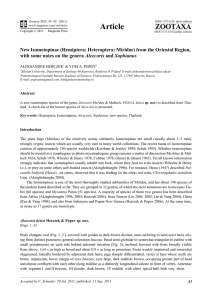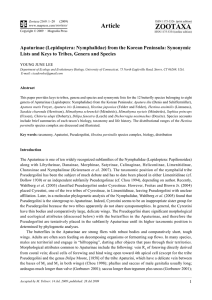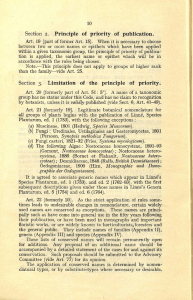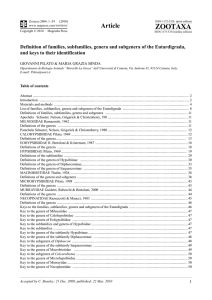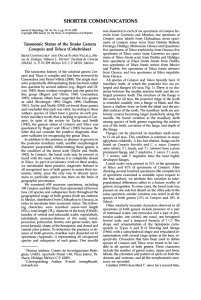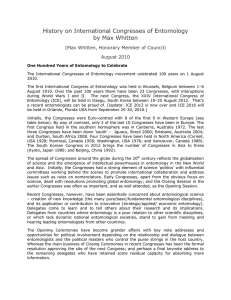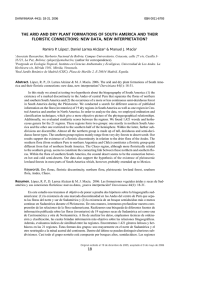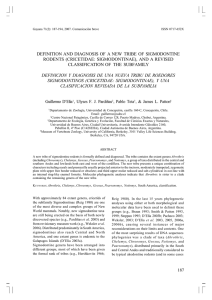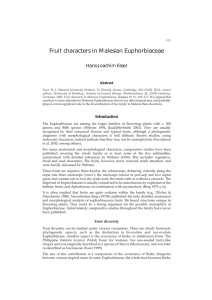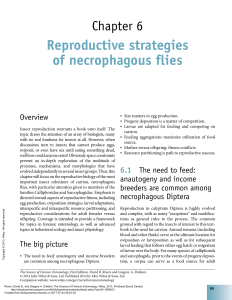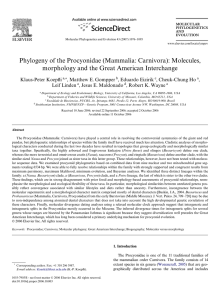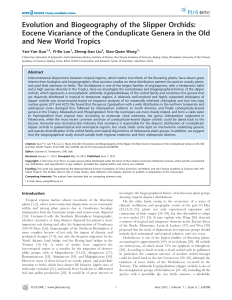familia Calamoceratidae
Anuncio
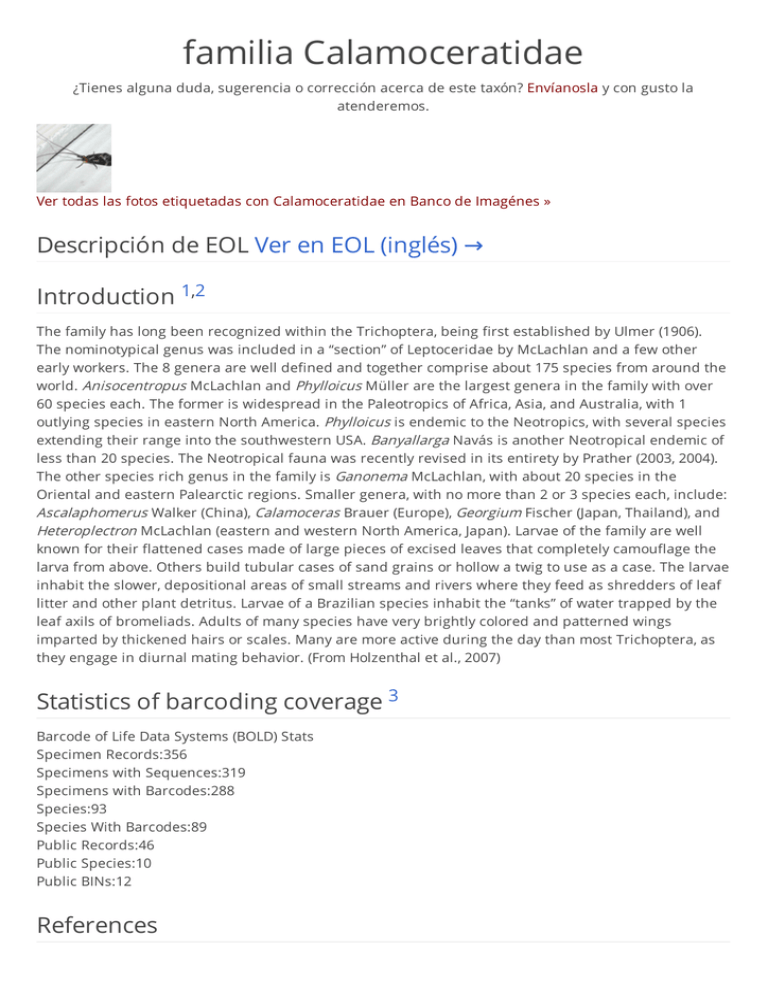
familia Calamoceratidae ¿Tienes alguna duda, sugerencia o corrección acerca de este taxón? Envíanosla y con gusto la atenderemos. Ver todas las fotos etiquetadas con Calamoceratidae en Banco de Imagénes » Descripción de EOL Ver en EOL (inglés) → Introduction 1,2 The family has long been recognized within the Trichoptera, being first established by Ulmer (1906). The nominotypical genus was included in a “section” of Leptoceridae by McLachlan and a few other early workers. The 8 genera are well defined and together comprise about 175 species from around the world. Anisocentropus McLachlan and Phylloicus Müller are the largest genera in the family with over 60 species each. The former is widespread in the Paleotropics of Africa, Asia, and Australia, with 1 outlying species in eastern North America. Phylloicus is endemic to the Neotropics, with several species extending their range into the southwestern USA. Banyallarga Navás is another Neotropical endemic of less than 20 species. The Neotropical fauna was recently revised in its entirety by Prather (2003, 2004). The other species rich genus in the family is Ganonema McLachlan, with about 20 species in the Oriental and eastern Palearctic regions. Smaller genera, with no more than 2 or 3 species each, include: Ascalaphomerus Walker (China), Calamoceras Brauer (Europe), Georgium Fischer (Japan, Thailand), and Heteroplectron McLachlan (eastern and western North America, Japan). Larvae of the family are well known for their flattened cases made of large pieces of excised leaves that completely camouflage the larva from above. Others build tubular cases of sand grains or hollow a twig to use as a case. The larvae inhabit the slower, depositional areas of small streams and rivers where they feed as shredders of leaf litter and other plant detritus. Larvae of a Brazilian species inhabit the “tanks” of water trapped by the leaf axils of bromeliads. Adults of many species have very brightly colored and patterned wings imparted by thickened hairs or scales. Many are more active during the day than most Trichoptera, as they engage in diurnal mating behavior. (From Holzenthal et al., 2007) Statistics of barcoding coverage 3 Barcode of Life Data Systems (BOLD) Stats Specimen Records:356 Specimens with Sequences:319 Specimens with Barcodes:288 Species:93 Species With Barcodes:89 Public Records:46 Public Species:10 Public BINs:12 References 1. Holzenthal, Ralph W., Roger J. Blahnik, Aysha Prather, and Karl Kjer.2010. Calamoceratidae. Version 20 July 2010 (under construction).http://dev.tolweb.org/Calamoceratidae/14595/2010.07.20 in The Tree of Life Web Project, http://tolweb.org/ 2. © <a href="http://rci.rutgers.edu/~insects/kjer.htm">Karl Kjer</a>, <a href="http://www.entomology.umn.edu/museum/people/prather.html">Aysha Prather</a>, <a href="http://www.entomology.umn.edu/museum/people/blahnik.html">Roger J. Blahnik</a>, <a href="http://www.entomology.umn.edu/museum/people/holzenthal.html">Ralph W. Holzenthal</a>, some rights reserved 3. © Barcode of Life Data Systems, some rights reserved
